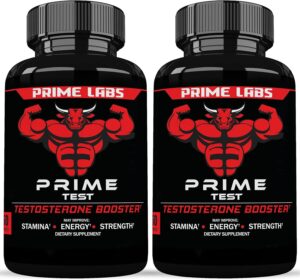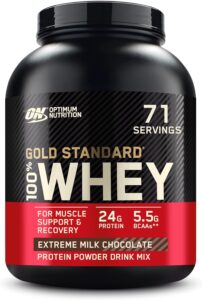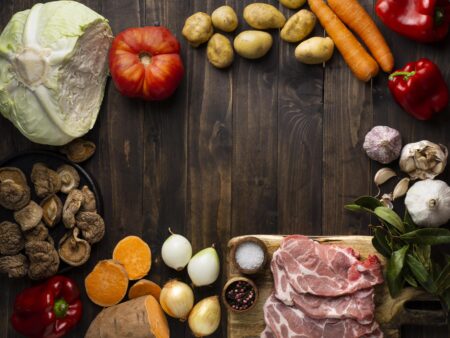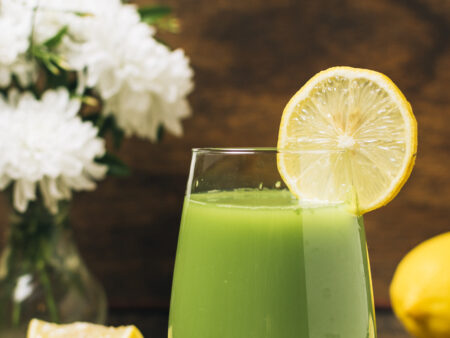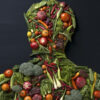
The Volumetrics Diet for Weight Loss
The Volumetrics Diet is a popular weight loss and healthy eating plan developed by Dr. Barbara Rolls, a professor of nutritional sciences at Penn State University. It emphasizes the consumption of low-calorie-density foods to help people feel full and satisfied while consuming fewer calories. This diet focuses on the volume of food rather than calorie count, making it a sustainable approach for weight management and overall health.
How the Volumetrics Diet Works
1. Principle of Caloric Density
The Volumetrics Diet operates on the principle of caloric density, which refers to the number of calories contained in a given weight of food. Foods with low caloric density have fewer calories per gram, allowing you to eat larger portions without consuming a lot of calories. This means you can fill your plate and stomach with more food while keeping your calorie intake in check. For example, fruits and vegetables are high in water and fibre but low in calories, making them ideal for satisfying hunger without excessive calorie consumption. Broth-based soups also fit into this category due to their high water content and low calorie count.
2. Food Categories
The diet classifies foods into four distinct categories based on their caloric density:
– Category 1 (Very Low Caloric Density): These foods are extremely low in calories relative to their weight. Examples include fruits like berries and melons, vegetables such as leafy greens and cucumbers, and broth-based soups. These foods are encouraged because they allow you to eat large portions without consuming many calories, helping you stay full and satisfied.
– Category 2 (Low Caloric Density): Foods in this category have a modest caloric density but are still relatively low in calories compared to their weight. Examples include lean proteins (like chicken breast and fish), whole grains (such as brown rice and oats), and low-fat dairy products (like skim milk and Greek yogurt). These foods offer essential nutrients and help balance your diet while keeping calorie intake moderate.
– Category 3 (Moderate Caloric Density): These foods are more calorie-dense but still provide nutritional value. Examples include nuts, seeds, avocados, and starchy vegetables (like sweet potatoes). While these foods are higher in calories, they offer healthy fats and fibre. They should be consumed in moderation to avoid excessive calorie intake.
– Category 4 (High Caloric Density): Foods in this category are high in calories relative to their weight and are typically rich in fats and sugars. Examples include sugary snacks, fried foods, and processed desserts. These foods are less encouraged in the Volumetrics Diet because they can quickly lead to excess calorie consumption and reduced satiety.
3. Eating Guidelines
The Volumetrics Diet recommends focusing on Category 1 and 2 foods to fill your plate and manage hunger. By eating larger quantities of these low-caloric-density foods, you can stay full and satisfied while keeping your calorie intake low. In contrast, Category 3 foods should be consumed in moderation, and Category 4 foods should be limited to avoid exceeding calorie goals. This approach allows you to enjoy a variety of foods while effectively managing hunger and maintaining a calorie deficit for weight loss.
Effectiveness
1. Weight Loss
Numerous studies have demonstrated that the Volumetrics Diet can be effective for weight loss. The principle of caloric density helps individuals eat more substantial portions while consuming fewer calories, which can lead to weight reduction over time. A study published in the *American Journal of Clinical Nutrition* found that participants following a low-caloric-density diet experienced significant weight loss compared to those on a traditional calorie-restricted diet.
2. Long-Term Sustainability
The diet’s focus on eating satisfying portions of low-caloric-density foods makes it easier for many individuals to adhere to it long-term. Its emphasis on healthy foods and balanced eating also supports sustainable lifestyle changes.
Health Benefits
1. Nutrient-Rich Diet
Because the diet prioritizes fruits, vegetables, lean proteins, and whole grains, it naturally promotes a nutrient-rich diet. This can improve overall health by providing essential vitamins, minerals, and fibre.
2. Reduced Risk of Chronic Diseases
A diet high in fruits and vegetables, as encouraged by the Volumetrics Diet, has been linked to a lower risk of chronic diseases such as heart disease, diabetes, and certain cancers.
3. Improved Satiety
Eating larger portions of low-caloric-density foods helps with satiety and reduces feelings of hunger, which can lead to better weight management and less frequent overeating.
Advantages
1. Portion Control: Allows larger portions of low-calorie foods, which can be satisfying and help control hunger.
2. Flexibility: No need to strictly count calories or restrict specific food groups.
3. Nutrient-Dense: Emphasizes nutrient-rich foods that contribute to overall health.
4. Sustainable: Focuses on making healthy food choices rather than temporary restriction.
Disadvantages
1. Initial Adjustment: Some people may find it challenging to adjust to the diet’s emphasis on portion size and caloric density.
2. Time and Effort: Preparing low-caloric-density meals may require more planning and cooking.
3. Potential for Overeating: If not carefully managed, there’s a risk of overeating higher-caloric-density foods like nuts or avocados.
Pricing
The Volumetrics Diet itself does not involve specific products or services; instead, it is based on general principles of food choices. Costs will vary depending on individual food choices and local market prices. Generally, the diet promotes the consumption of whole, fresh foods which can be as affordable or as expensive as you choose.
Sample Meals
1. Breakfast
– Greek Yogurt with Fresh Berries and a Sprinkle of Granola: Greek yogurt is a protein-rich, low-calorie option, while berries add vitamins and granola provides crunch.
– Vegetable Omelette: Made with egg whites, spinach, tomatoes, and mushrooms.
2. Lunch
– Big Salad with Grilled Chicken: Include a variety of vegetables like lettuce, cucumbers, bell peppers, and a light vinaigrette dressing.
– Vegetable Soup: A broth-based soup with carrots, celery, onions, and spinach.
3. Dinner
– Baked Salmon with Steamed Broccoli and Quinoa: Salmon provides lean protein, while broccoli and quinoa add fibre and essential nutrients.
– Stuffed Bell Peppers: Filled with a mixture of lean ground turkey, brown rice, and diced tomatoes.
4. Snacks
– Apple Slices with Almond Butter: The apple is low in calories and provides fibre, while almond butter adds protein.
– Carrot Sticks with Hummus: Carrots are low in calories, and hummus adds protein and flavour.
The Volumetrics Diet offers a practical approach to weight loss by focusing on eating satisfying portions of low-caloric-density foods. Its emphasis on fruits, vegetables, lean proteins, and whole grains supports overall health while helping manage hunger and calorie intake. Though there are some challenges, such as adjusting to portion sizes and meal preparation, the diet’s benefits in terms of health and sustainability make it a compelling choice for many individuals seeking a balanced approach to weight management.

